The ever-shifting snowpack forever churns in the mind of André-Jean Maheu.
As the weather allows sheets of wintry white to cling to mountain slopes in our vast outdoor playground, the avalanche expert must exercise constant observation in order to do his job correctly.
“I essentially never switch off from November all the way to April,” Maheu said. “There’s not a single day that I don’t think about the snowpack, whether I’m working or not, because I don’t want to miss that important thing on my day off.”
That’s because a subtle change in wind or temperature could be a key data point in the risk assessments he has to make to send life-saving volunteers out into potentially life-threatening terrain.
As North Shore Rescue’s avalanche safety officer, Maheu is integrated into the organization’s command structure. Before a rescue in avalanche terrain, he decides if it’s safe for a team to go.
If Maheu determines the conditions are too risky, the team might have to wait or find an alternative to get to the people in distress.
“It doesn’t happen a lot, but there needs to be that safety net for the teams that they get a proper avalanche assessment prior to going into terrain,” Maheu said.
In British Columbia, every employer working in avalanche terrain is required by law to have an avalanche safety plan. That includes volunteer search and rescue.
Using standards established by the Canadian avalanche association, Maheu factors in the current avalanche hazard rating with the complexity of the terrain to get to the rescue subject.
His safety plan could also involve specific guidance for the rescue team.
“Yeah, sure, you can go, but you have to watch for this and avoid that,” Maheu said.
Or, if he’s not there with them, he’ll let the team go to a certain point and then direct them over phone or radio.
“I’ll say, ‘OK, what is it that you’re seeing? Can you tell me more about the snow pack?’ And so on. And then make a plan from there,” Maheu said.
B.C. backcountry users make aggressive choices
In part due to the relatively stable conditions in the region, people tend to make very aggressive decisions in the backcountry, he said, which can lead to some tough decisions from rescue outfits.
“It’s their choice if they want to go ski in high avalanche hazard [conditions] into steep terrain. But if something happens – it doesn’t need to be an avalanche, they twist a knee or something … and they need help to get out of there – we may not be willing to actually go into the same terrain,” Maheu said.
People need to be more aware that in order for rescuers to get to them, it has to be reasonably safe to do so, he said.
“Every time you call, you’re actually forcing volunteers to drop whatever it is that they’re doing, sometimes work or whatnot, and put everything aside, their family and kids and everything, and go and help you out,” he said. “But we’re definitely not willing to risk our lives in order to go do that.”
That delicate balance between wanting to save lives while not risking their own gives more weight to the ceaseless avalanche science that Maheu obsesses over.
Just a snowball’s throw from the groomed piste at Grouse Mountain Resort, Maheu – known to many as “AJ” – uses a compact shovel to carefully cut out a section of untouched white stuff on the hill.
With a square-metre cross section in front of him, he spots layers in the snowpack, marking them with coloured popsicle sticks. Those layers generally correspond to dates, some of which have nicknames like the “December crust.”
Every once in a while, Maheu and other avalanche specialists will identify a persisting weak layer.
“Then our job is to go out and dig a lot of these profiles on different aspects in different elevations, looking specifically for that December crust, seeing how deep it is and whether it actually reacts to the snowpack test,” he said. “Can it actually produce an avalanche?”
For that test, Maheu takes a saw to cut a column of snow from his cross section, covers it with his shovel, and begins tapping it with his gloved hand. First, 10 from the wrist. Next, 10 from the elbow. But this time, he stops after three taps because the top layer of snow slides off.
Does that mean the snowpack here is ready to mount a thunderous avalanche? “Not necessarily,” Maheu said.
He takes a multitude of other data into account, such as: Could someone punch through that crust to trigger a slide?
“If I’m skiing here, the crust is going to distribute my weight very well, and it’s going to be very difficult for me to trigger this avalanche,” he said.
Snowshoers overrepresented in avalanche deaths
Despite mental images of adrenaline-junky skiers and snowboarders outrunning terrifying torrents of snow, many of the victims claimed by avalanches are snowshoers.
During his seven years with North Shore Rescue and nearly five with Squamish SAR, Maheu said he’s been involved with four fatal avalanches that claimed 10 lives. All of them were snowshoers.
Research from SFU has shown a relative lack of awareness among this group of mountain users, which Maheu and other experts have tried to remedy with campaigns and events to make snowshoers more savvy to avalanche risk.
But an awareness gap still exists, Maheu said, in part because the activity attracts more casual participants than backcountry skiers and split-boarders.
A big problem is that snowshoers often use summer trails in winter.
“Summer trails are not designed to avoid avalanche terrain,” he said. “When you go snowshoeing in the winter, part of it is you have to do your own route finding, and if that summer trail takes you across a slope that is clearly an avalanche slope … it’s often possible to just move around it.”
Out in the alpine, any patch of snow the size of a tennis court or bigger, on a slope of 30 degrees or steeper, is enough to bury you.
Other things to be aware of are telltale signs of instability. At the top of the list are other recent avalanches, Maheu said.
“It’s amazing to see how people will walk right past avalanches that are very fresh, and just keep on going,” he said.
Other signs are a distinct “whumpf” sound, signalling a sudden fall in the upper snowpack due to a break in a lower layer, or visible cracks shooting across the snow.
“These are all big alarm bells that you should definitely not run home, but avoid going into anything that has a little bit of incline to it,” Maheu said.
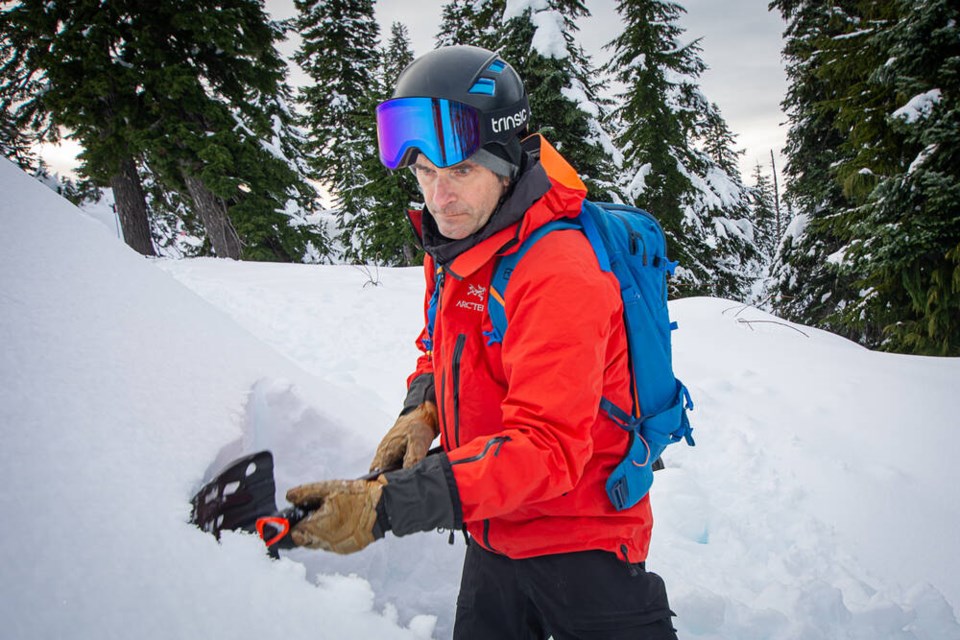
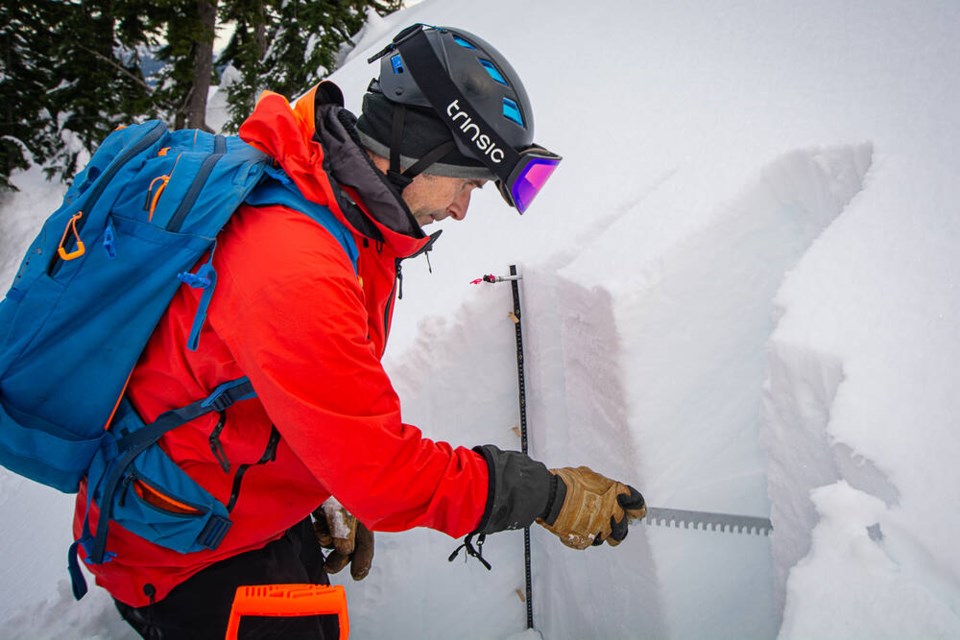
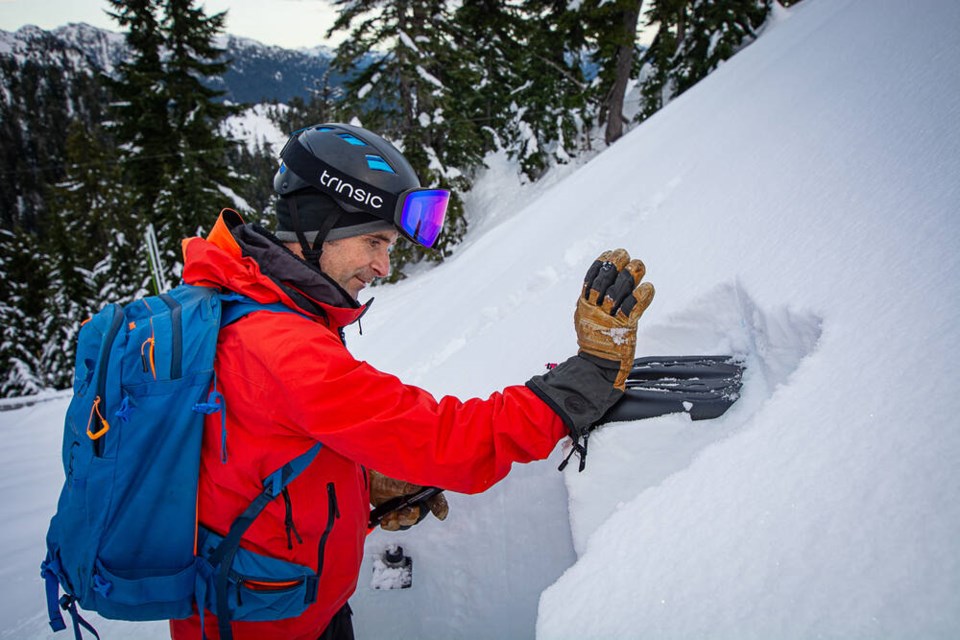
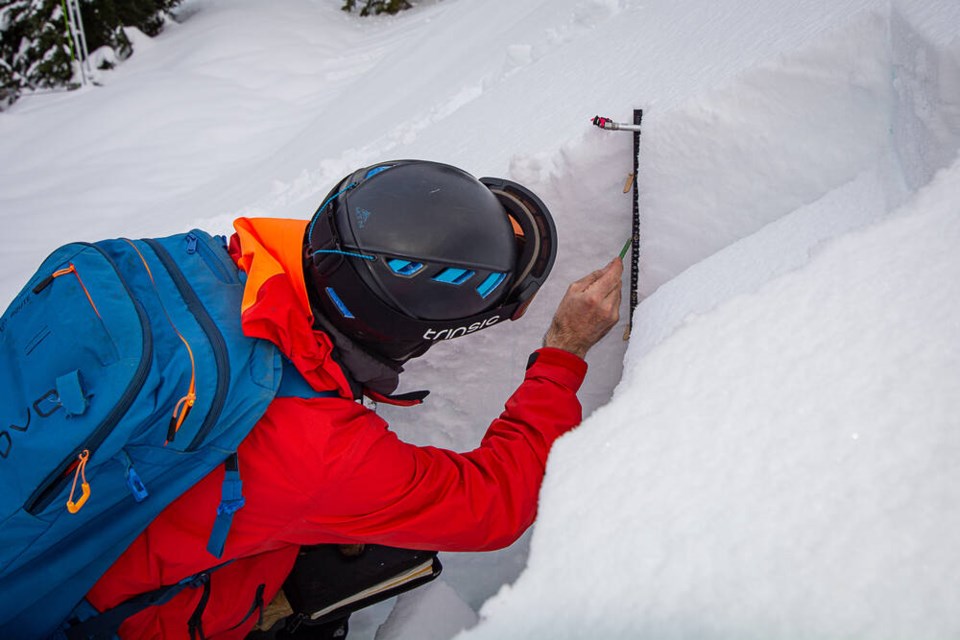
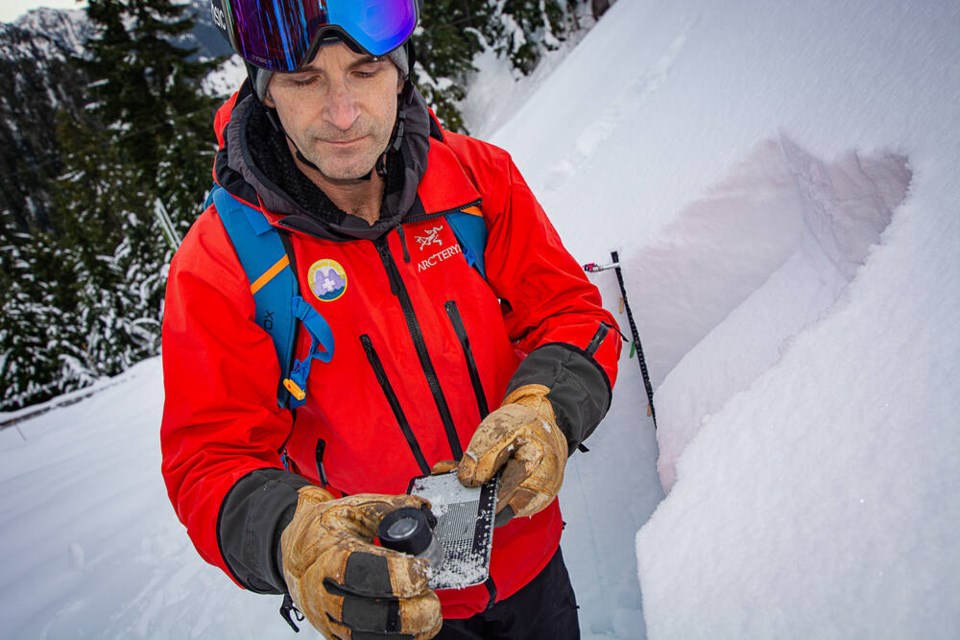

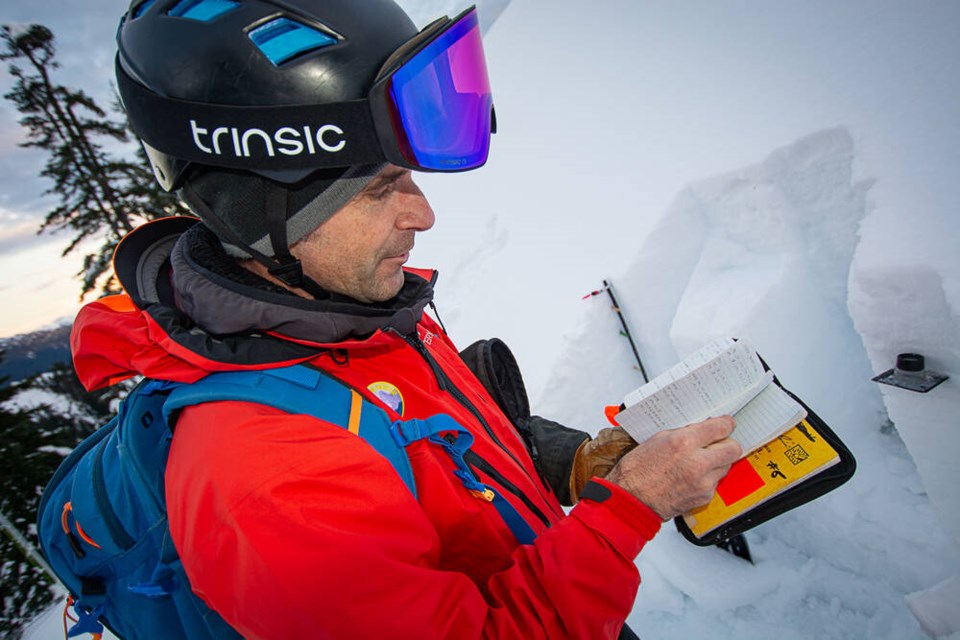
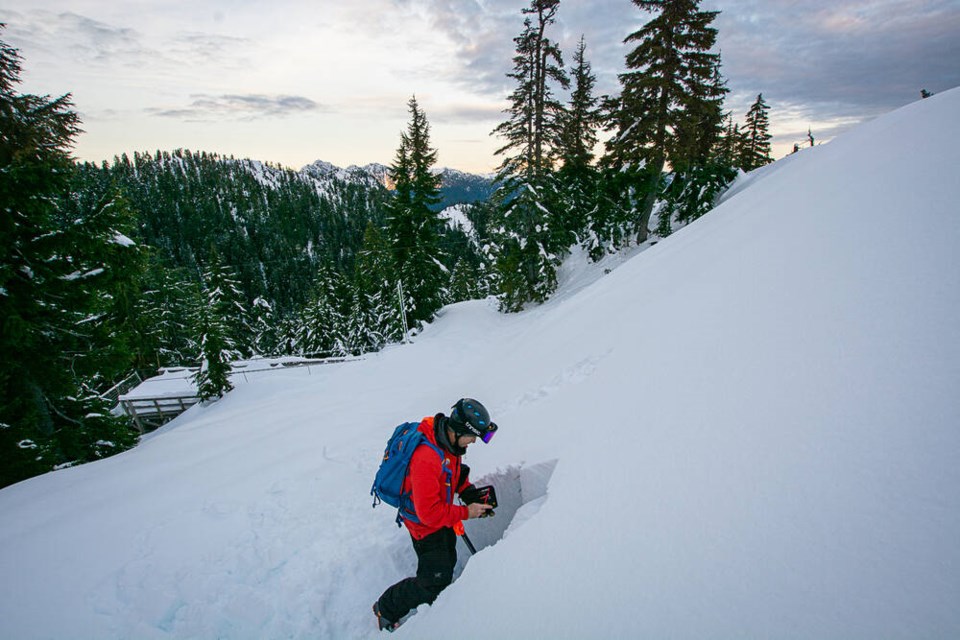
This story was originally published as part of a Jan. 22 special print feature recognizing the work of the tireless volunteers of North Shore Rescue. You can see the entire feature as a digitial edition here.
[email protected]
twitter.com/nick_laba
@nicklaba.bsky.social



